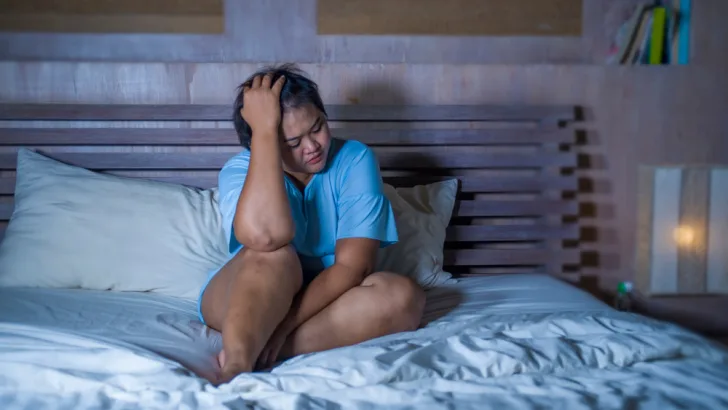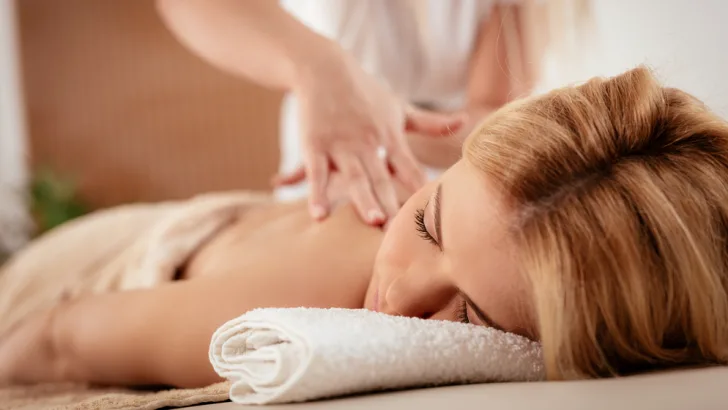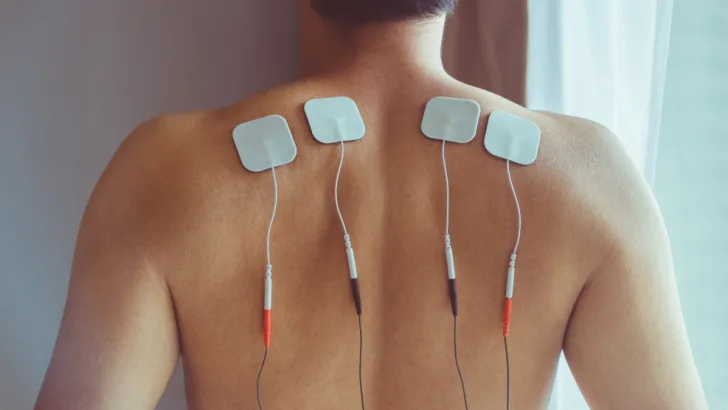I’m a 25 year old woman with a successful start to my career. I have a college degree that took me five years to complete. I would say I’m a happy person, and I stay connected to my family and friends as much as possible. I cook dinner nearly every night, often from scratch, and sometimes I even make it to the gym. I have a vibrant container garden and a library of paintings I’ve made myself. I play tabletop games and video games, and overall, I really enjoy my life.
That part is the hard part to say though—that I really enjoy my life. I live every moment knowing that my ability to enjoy my life will ebb and flow, often with the seasons and often with the weather. I know that for every night out that I enjoy, I will pay for it with several bad days. The reason for my pain and exhaustion?
Fibromyalgia. Well, fibromyalgia with a connective tissue disorder that presents with hyperflexibility and hypermobility.
In non-clinical terms, sometimes, my life is hell. Sometimes, I’m trapped in my body, and it’s torturing me. It burns from the inside out, and it knocks me on my butt when I least expect it.
I know I’m not alone in this disease, and I know that there are worse ones. Worse reasons to be in pain. But when I’m in the middle of a flare, it doesn’t much matter that it could be worse. Because really, it could be better. It is better, for a lot of people, and I can help myself feel better in small ways, a little at a time.
So here are the ways I help myself. They don’t help everyone, and I’ve tried more than just what works here. But these are the little things that get me to the other side of the hill and help me enjoy my life.
Shutterstock by MilanMarkovic78
Massage Therapy
This may be the biggest financial investment I make. I happen to have it covered by insurance, but I have also paid out of pocket for it. It is absolutely the saving grace in my pain management plan. I go roughly every other week, but when I’m in a bad flare up, I’ll go every week. I started going when I was diagnosed with fibromyalgia in college; at that point, I paid out of pocket, and it was my biggest expense.
Massage therapy specifically helps with my muscle and joint pain, and it helps fix injuries from dislocation. The fact that it is a regular appointment is mentally helpful too. I know I can survive the pain until my next appointment, especially when it is already scheduled. And I keep enough in my emergency fund to know that if I need to pay out of pocket for an extra massage, I can and will. I haven’t had that kind of pain emergency for a few years, but I know that I have this tool in my back pocket and it really helps.
Shutterstock by Image Point Fr
Heat Therapy
Okay, heating pads are a normal necessity for anyone who experiences pain (so everyone), but I invested a little more than I normally would in a heating pad that is cordless! I LOVE it. I can work or walk anywhere in my house without getting tangled up, and it snaps up just around my neck and shoulders if that’s where I need it. I could even take it in the car if I felt like it.
I have other heating pads though, all over the house. And when I was in college, I had a little reusable heat pack that I kept in my backpack and would microwave before heading into classes. That really helped alleviate fatigue while writing and taking notes.
I also have a paraffin wax bath that I set up during the winter. This provides intense heat to my hands, which is really important when I get home from typing all day. This is the same kind of therapy used in nail salons and spas but way more germ free. It provides more heat than anything I’ve used, so if you find that you really need to target your hands, I recommend it!
Taking baths is a mixed bag. If my whole body is on fire from a flare, a bath can make me feel sick, but if I’m achy from a long day, a bath before the end of the day is quite nice.
Shutterstock by neotemlpars
TENS Machine
I have used a TENS machine to help deal with pain. TENS machines look like iPod classics, with two or more wires connected to sticky electrodes that go on your skin. When you turn the machine on and choose a setting, it sends a mild electrical current between the two nodes through your muscles.
Absolutely only use a medical grade device, as something calibrated incorrectly can obviously cause serious harm. That said, I find this therapy to be the most useful on long lasting injuries or inflamed dislocations, much better than heat or cold therapy. I use it when I need to work or focus, and a particular area of my body is aggravating me.
Shutterstock by WAYHOME studio
Managing Stress and Sleep
Prioritizing relaxation and sleep has made a huge improvement in my overall health and ability to function. When I started regularly taking time to relax and step away from work, I started to have days where I could actually function like a normal person. My favorite ways of stress relief include acrylic and watercolor painting, gardening (although sometimes that is physically strenuous), playing video games, and taking time to hang out in a coffee shop with a good book.
Sometimes it isn’t as much fun as doing these activities though; often I have to let go during small moments throughout the day, such as while sipping my cup of coffee or in the few minutes I have before meetings. In these times, I tend to use a meditation technique taught to me by a therapist I saw during college. I close my eyes and visualize a nature scene with a stream. Mine is in a forest, but the stream is the important part. I sit at the edge of the stream, shape my stress into little balls, and place my worries on little leaves that are floating by. I watch them as they slowly float away from me down the stream, out of sight.
Another part of stress management is discussing my boundaries at work. I am lucky to be in understanding environments that value my experiences outside of work. Because of this, I’m able to work with my managers and communicate when work is starting to take over.
Finally, and most importantly, I make time for sleep. I try to sleep for at least eight hours, usually nine or 10. I’m not going to say that I do this perfectly, especially not during periods of insomnia or new medications. But overall, I do so much better with my flares and my neurological symptoms when I’m getting more than nine hours of sleep every night. It seems like a lot, but it’s the right amount of time for me. That time also goes up in the winter and down in the summer. Everyone has a different amount of time they need to sleep in order to feel well rested and I encourage everyone to find what works best for them.




